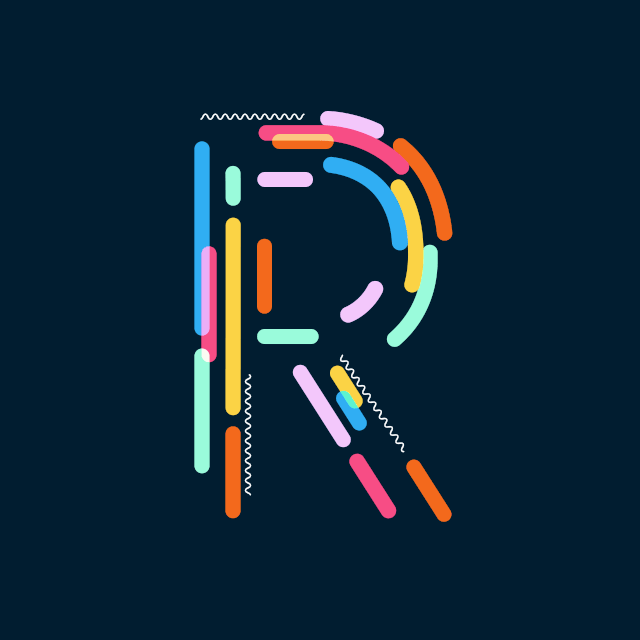Effective Laziness
- Rick Pollick
- 1 day ago
- 4 min read
Updated: 4 minutes ago

How Being "Lazy" Makes You Professionally Effective
You've probably heard the phrase, "Work smarter, not harder." But what if I told you that embracing your inner "lazy" side can actually boost your professional effectiveness?
Yes, being lazy, when applied strategically through coding, automation, AI, and streamlined workflows, can revolutionize how you work.
The Misconception of Laziness in Tech
People often label software engineers and tech professionals as lazy because they're always looking for shortcuts. However, this misconception misses the mark.
These professionals aren't avoiding hard work—they're avoiding repetitive, tedious tasks that computers can do more efficiently.
As Bill Gates famously said:
"I choose a lazy person to do a hard job because a lazy person will find an easy way to do it."
This highlights the essence of smart laziness: it's about efficiency, not avoidance.
Invest Time Now, Save Time Later
Coding and Automation
Investing upfront time in automation can dramatically decrease your workload later. For example, imagine manually generating weekly reports. Initially, writing a script in Python to automate this task might take several hours. However, once your script is running smoothly, you'll save hours every week indefinitely.
Here's a detailed illustration:
Manual Process: 2 hours/week × 52 weeks = 104 hours/year.
Automation Setup: 8 hours one-time investment.
Long-term Gain: 96 hours/year saved every subsequent year!
Additional Benefits: Reduced errors, consistent outputs, and easy scalability.
This principle, known as "set it and forget it," is about creating systems that work independently after the initial setup.
Organizational Workflows
Workflow automation tools like Zapier, Monday.com, Jira Automation, and Microsoft Power Automate are your best friends. By automating tasks such as ticket creation, email notifications, data synchronization, and status updates, you free yourself and your team from mundane tasks.
According to McKinsey, organizations that adopt automation see productivity gains of up to 40%. [McKinsey & Company, 2017]
Leveraging AI to Boost Laziness (Productivity)
Artificial Intelligence tools have revolutionized the workspace. From ChatGPT to Microsoft Copilot and beyond, AI can handle complex tasks previously done manually:
Document Summaries: AI can read lengthy reports and instantly summarize key points.
Code Generation: Tools like GitHub Copilot can generate boilerplate code, freeing developers to tackle complex logic and innovation.
Customer Support: AI chatbots handle repetitive queries, freeing customer service reps for complex issues.
Predictive Analytics: AI-driven forecasting and trend analysis help businesses make informed decisions faster.
A Harvard Business Review study highlights that using AI in daily workflows significantly enhances efficiency, giving employees more bandwidth for strategic tasks and creative problem-solving [Harvard Business Review, 2023].
How Laziness Enhances Creativity and Innovation
When repetitive tasks occupy less mental bandwidth, your brain is free to tackle more complex, meaningful problems. This space is where innovation and creativity flourish. With automated systems handling routine tasks, professionals can focus on strategic thinking, ideation, and problem-solving.
Tim Ferriss, author of The 4-Hour Workweek, emphasizes:
"The superheroes you have in your mind (idols, icons, titans, billionaires, etc.) are nearly all walking flaws who’ve maximized 1 or 2 strengths."
By automating your weaknesses—tasks you find tedious—you maximize your strengths, creating more value professionally.
Real-world Example: Software Engineers Working Smarter
Software engineers epitomize this "lazy" efficiency. They actively seek to reduce redundant code through reusable functions, automated testing, and continuous integration/deployment (CI/CD) pipelines. This reduces debugging and manual deployments, freeing them to build innovative features and improve user experience.
Here's a detailed illustration:
Before Automation: Every deployment takes 2 hours manually, prone to human error and delays.
After Automation (CI/CD): Deployments happen automatically within minutes, reliably and frequently.
Long-term Result: Enhanced productivity, fewer errors, faster response to user feedback, and better overall product quality.
Laziness Across Different Professional Roles
Smart laziness isn't just for software engineers—it's widely applicable across various professional roles:
Marketing Professionals:
Automate email campaigns, analytics reports, and social media postings.
Tools like HubSpot, MailChimp, and Hootsuite can streamline outreach and campaign tracking.
Finance Professionals:
Use automation for budgeting, expense tracking, and financial forecasting.
Tools like QuickBooks, Expensify, and Excel macros significantly reduce manual input.
Human Resources:
Automate recruitment workflows, employee onboarding, and routine communications.
Platforms like BambooHR, Workday, and Greenhouse streamline HR processes.
Project Managers:
Streamline task assignments, progress tracking, and reporting via automated dashboards.
Monday.com, Jira, and Trello integrate seamlessly with workflow automation.
Sales Teams:
Automate lead generation, customer follow-ups, and CRM updates.
Salesforce, Pipedrive, and HubSpot CRM enable sales teams to focus more on relationship-building rather than administrative tasks.
Customer Support:
AI chatbots and knowledgebase automation significantly reduce manual query handling, enhancing customer satisfaction.
In each role, the initial effort to automate routine tasks leads to substantial time savings, allowing professionals to engage in strategic thinking and creative problem-solving.
Setting Up Your Lazy, Smart Workflow
Here's a practical checklist to start your journey toward smart laziness:
Identify Repetitive Tasks: Make a comprehensive list of tasks you do weekly or monthly.
Evaluate Automation Tools: Research and test various tools (Python scripts, AI tools, workflow automation platforms) to tackle these tasks effectively.
Invest Initial Time: Set aside dedicated time upfront to build, implement, and thoroughly test your automation systems.
Document and Train: Create clear documentation for your automation workflows and train team members to maintain them.
Monitor and Iterate: Regularly review automated processes to refine and expand their capabilities based on feedback and evolving needs.
Conclusion
Being "lazy" isn't about dodging work—it's about optimizing your efforts. When you automate repetitive tasks, integrate AI tools, and adopt efficient workflows, you empower yourself to achieve more by doing less.
So embrace strategic laziness. Your future self, brimming with creative ideas and innovative solutions, will thank you.
Sources:
McKinsey & Company Report on Automation
Ferriss, Tim. The 4-Hour Workweek. Crown Publishing Group, 2007.
Now, stop working harder. Work lazier—and smarter!


